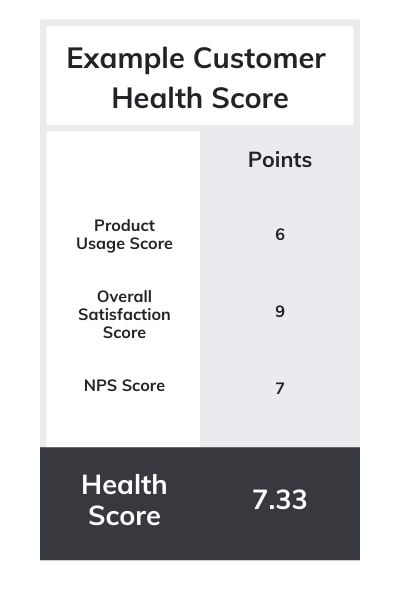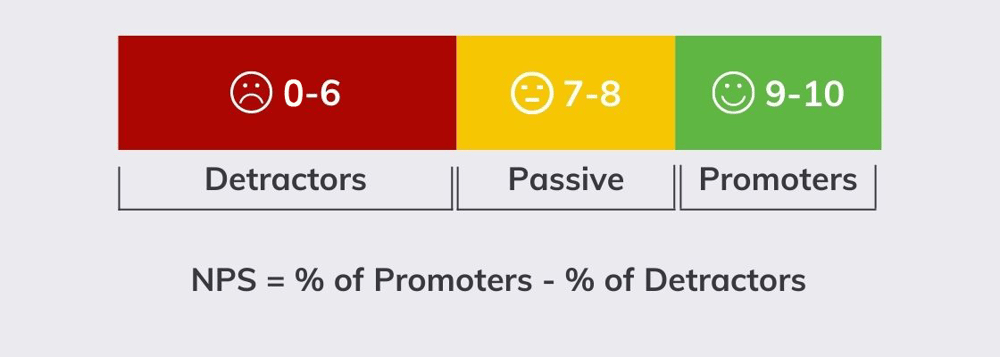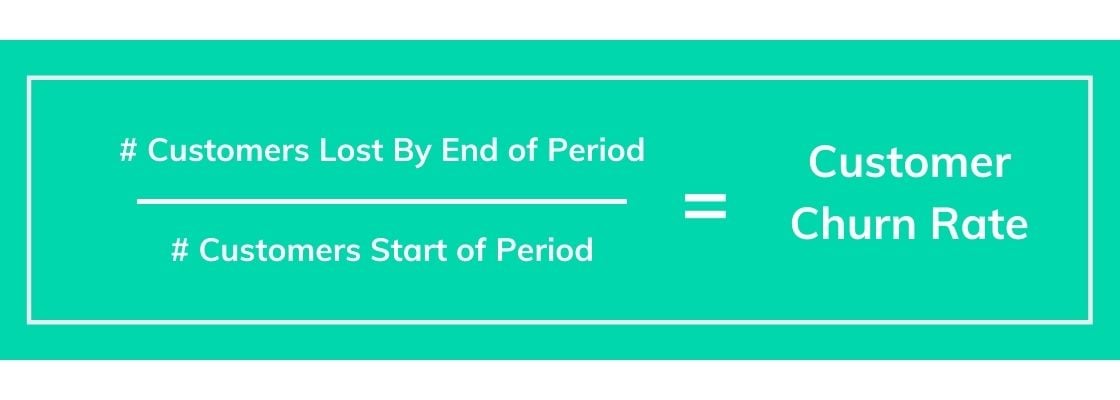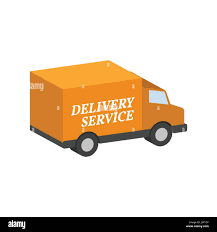What Customer Experience Metrics are Useful
It’s easy to get lost in a sea of numbers if you don’t know which metrics are the most useful to you. Stats by themselves won’t change anything. It’s the insights they offer that will help you identify red flags in your process. So, what metrics should you be using? We’ve identified the key numbers you need to focus on to improve customer retention.
1. Customer Health Score
A customer health score is a set of criteria with assigned points that you establish to rate overall customer satisfaction. This metric is highly subjective and specific to your company. It’s important to regularly review this score with the customer success team and the main point of contact to ensure they are happy and their account is going smoothly. Some things to consider in this score would be:
-
- How much time is being spent servicing the account?
-
- How often is the client using the product? What is the extent of their usage?
-
- Are they hiring/expanding/opening new products or stores?
-
- How would they rate overall happiness in communication?
-
- What was their response in recent surveys?
The next step is to average all your points for each category into one overall health score.

You can develop your own scoring system by assigning a value to items like these and tracking your customer’s health over time.
2. Net Promoter Score (NPS)
You don’t want your customers to only be happy with the sales rep they were with. You want your customers to be in love with your brand, your product, and your business ideology as well as your sales team. A good way to measure your customers’ loyalty to your brand is to use a Net Promotor Score (NPS). Simply put, this score is arrived at by asking your customers how likely they would be to recommend your business to a friend or colleague. By assigning a numeric score to the customer’s satisfaction, you can quantify brand satisfaction and track your progress over time.

We suggest using a simple 0 through 10 score with room on your questionnaire for customers to write what they like and what they think can be improved.
3. Customer Churn Rate
Churn rate is the percentage of customers that have not renewed or stopped using your product or service in a given time period. This is a great metric to help you measure how well your “Virtual Experience”, or what they expected from the marketing and sales process, is measuring up to your “Actual Experience”, or what they felt after becoming a customer and using your product/service. You can calculate your churn rate by dividing the number of customers you lost over the month by the number of customers you had at the beginning.

But what is a good churn rate? Many companies average around a 5% churn rate, however, even a small drop in the churn rate can equate to large financial returns.
4. Monthly Recurring Revenue
Monthly recurring revenue (MRR) looks at the revenue that comes in from regular customers, A.K.A.the revenue you can count on each month. This metric can also give you a good idea of how successful your customers are with your products and if they are staying with you over time. This is especially useful for SaaS subscription businesses. Calculate your monthly recurring revenue by multiplying your active monthly customers by your average revenue per customer.
.png?width=977&name=How%20To%20Calculate%20Monthly%20Recurring%20Revenue%20(MRR).png)
5. Customer Retention Cost
An important factor in customer retention is to consider how you are delighting them. Are you investing in your customers to ensure they have an outstanding experience? HubSpot has two lifecycle stages for closed won deals: customer and evangelist. An evangelist is a customer who is so delighted with your brand that they want to spread word of mouth and help promote you. The ultimate goal of investing in customer experience is to not only retain your customers but to have your customers bring in new ones for you as well. Tracking your CRC is one way to see if you are engaging in enough (and the right kind of) customer delight activities. To calculate the cost of retaining a customer (CRC), put together all of the costs associated with your “customer success” efforts. This would include the costs of marketing to your existing customers, wages for your customer success team, and training and professional development for your team. Once you have your costs, divide that sum by your total number of customers.
.jpg?width=1120&name=How%20To%20Calculate%20Customer%20Retention%20Cost%20(CRC).jpg)
6. Lifetime Customer Value
We don’t like to admit it, but some customers are worth more than others. Tracking the lifetime customer value can better compare customers and rank your best customers by assigning a numeric to their value. This metric can also help you gauge the average total revenue that each of your customers will bring to your business. To find this metric, multiply your average order by the average frequency of ordering. Take that value and divide it by your average customer lifespan (how long your customer stays with you, on average). The result is how much each customer is likely to spend with your business.
.jpg?width=1120&name=How%20To%20Calculate%20Lifetime%20Customer%20Value%20(1).jpg)
7. Customer Effort Score
Your customer effort score addresses how well your customer service department is addressing customer needs. This metric is your strongest predictor of future purchase behavior. Get your customer effort score by surveying your customers and asking them to assign a score to their experience (for example, from one to ten) with your customer service department. By tracking this function, you can easily see where there are bottlenecks and where you can make improvements to the customer experience.



